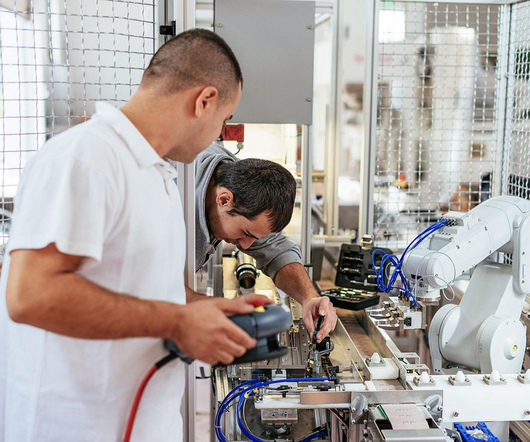DOE awards $97M to 33 bioenergy research and development projects
Green Car Congress
AUGUST 1, 2020
These projects will improve the performance and lower the cost and risk of technologies that can be used to produce biofuels, biopower, and bioproducts from biomass and waste resources. Scale-up and Qualification of Net-Zero Sustainable Aviation Fuels from Wet Waste. Topic 2: Waste to Energy Strategies for the Bioeconomy.























Let's personalize your content